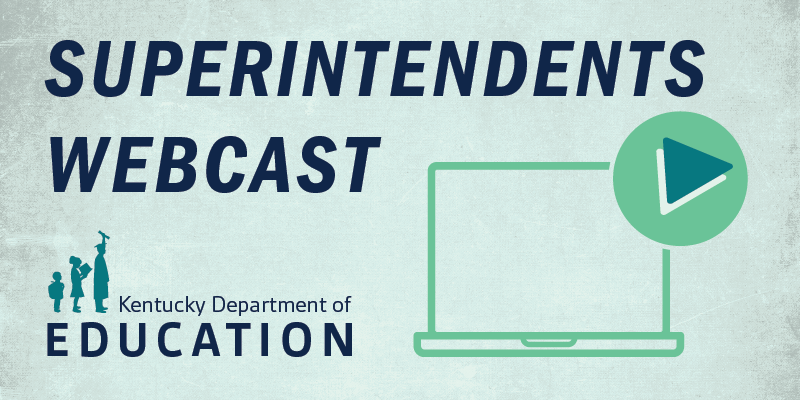“How do you launch complex mathematics tasks in your classroom? Share with us some of your favorite tasks that you have used in your classroom.”
Kentucky teachers respond to January’s Math Matters question of the month: “When facilitating learning, how do you consistently promote reasoning and problem-solving?”
“I incorporate the three aspects of rigor into every lesson so students are using conceptual understanding to build fluency and procedures through applications. I am placing the learning on students. I provide lessons that allow students to conceptually understand the materials. I require them to use manipulatives and show their understanding through fixing errors or teaching students.
“During bell ringers, I circulate through students and place a letter on students’ papers. Students that receive a T are teachers for the day. These students understand the concepts and the why behind the math. They get a group of students and teach them the material the way they understood. They can use boards, markers, algebra tiles, basically any type of materials to help their peers understand the material as they do. At the end of the class period, I will give an exit ticket to all students.
“The student teacher has the option of taking the exit ticket themselves or relying on their teaching skills. They can opt to take an average score of their students. This shows how well they did as the teacher for the day. (I always allow retakes.) The student teacher then grades their group’s exit ticket and hands back them to the students for explanations. This promotes reasoning and problem-solving, but puts it into the hands of the students. They are taking an active role in their learning and understanding. My students’ grades and understanding is really showing using this procedure.”
– Stephanie Barnett, Powell County Middle School.
“I am an Exceptional Child Education teacher. Every two weeks we take a 10-problem math mastery assessment containing a variety of math problems. We review in detail the problem-solving strategies that different students used in order to get the correct answer. The students know that it is not enough to have the correct answer, but also the strategy used to solve the problem. All students are asked to share their thought process from start to finish. It takes a great deal of time, but students learn that they will never see that exact problem again, but they will surely see the strategy and/or process again.”
– Joyce B. Booth, Noe Middle School (Jefferson County)
Please take a moment to send your response on the question of the month to kdemath@education.ky.gov.




Leave A Comment